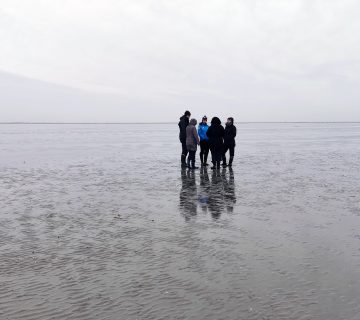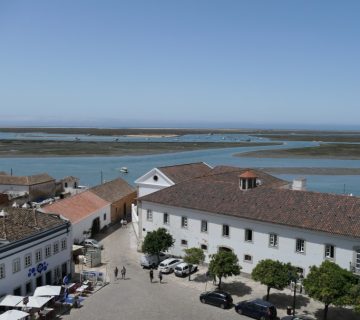Forestry Commission Scotland has been working with Scottish Natural Heritage and interpretation consultant Susan Cross, to draw together some simple new guidelines to help anyone interpreting wildlife:
Know your audience
Although Scotland attracts many dedicated wildlife watchers, the majority of visitors watching wildlife are not experts. So it is really important not to overestimate existing knowledge about wildlife. We might need to tell visitors things which are obvious to experienced wildlife watchers. This is not ‘dumbing down’ our interpretation – just making it friendly and helpful.
So where is it?
Wildlife can be elusive; we cannot guarantee that visitors will see it. We realised that often the experience we offer is one of looking for wildlife rather than watching wildlife. This makes good interpretation even more important. Interestingly, visitors to the Scottish Beaver Trail and the Kylerhea Otter Hide told us they enjoyed their visits, even though they didn’t see the wildlife. At the Beaver Trail site, we interpreted what visitors would definitely see – the work of the busy beavers. At Kylerhea, the interpretation helps visitors to know where to look, and what to look for. Good quality images have worked well for the many international visitors – there is no need to read English to understand what to look for.
Enjoy the journey
The process of discovering more about an animal’s habitat and habits can actually be more engaging and enjoyable than just seeing some very obvious wildlife. So try to avoid a ‘success or failure’ approach to wildlife watching, and instead nurture this sense of discovery and an appreciation of the uncertainty involved. If you can do this, your visitors (and staff) may well have a more relaxing and pleasant time.
The full guidelines are available to download at:
www.snh.gov.uk/policy-and-guidance/heritage-interpretation/good-practice-guidelines – or just Google ‘wildlife interpretation guidelines’.
Paul Hibberd is the Interpretation Officer for Forestry Commission Scotland, with a particular interest in wildlife watching. This article is based on a talk given to the Association for Heritage Interpretation 2015 conference in the UK. Contact him on paul.hibberd@forestry.gsi.gov.uk
To cite this article:
Hibberd, P. (2016) ‘Nothing to see here: new guidance for interpreting wildlife’. In Interpret Europe Newsletter 1-2016, 10
Available online:
https://www.interpret-europe.net/fileadmin/Documents/publications/Newsletters/ie-newsletter_2016-1_spring.pdf




